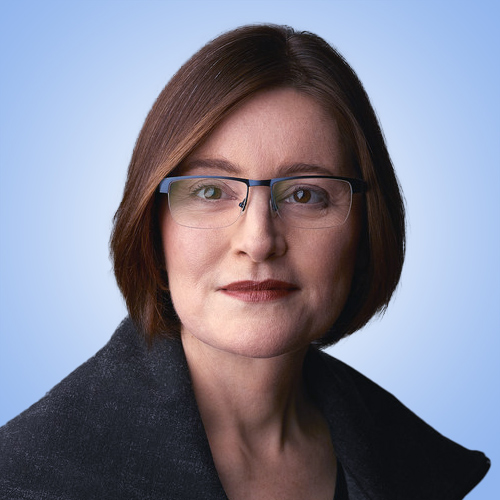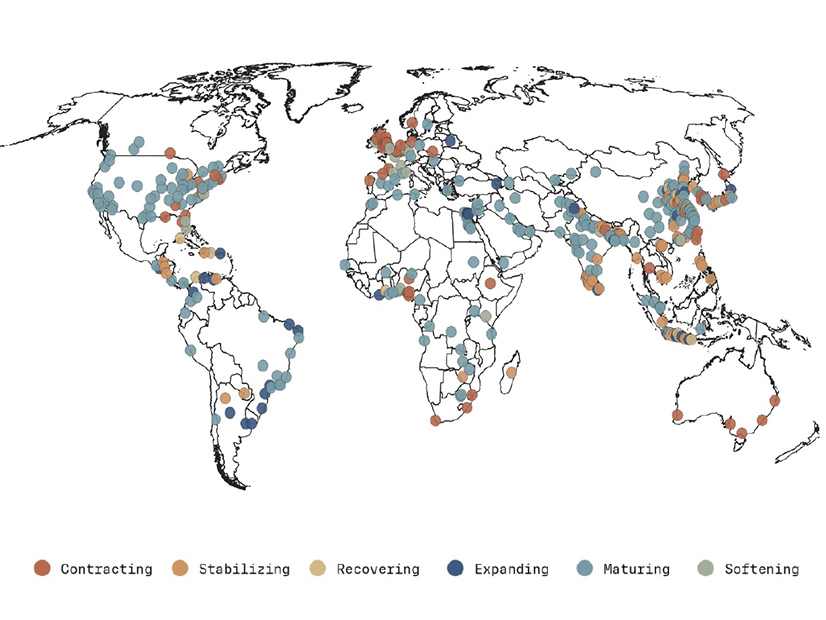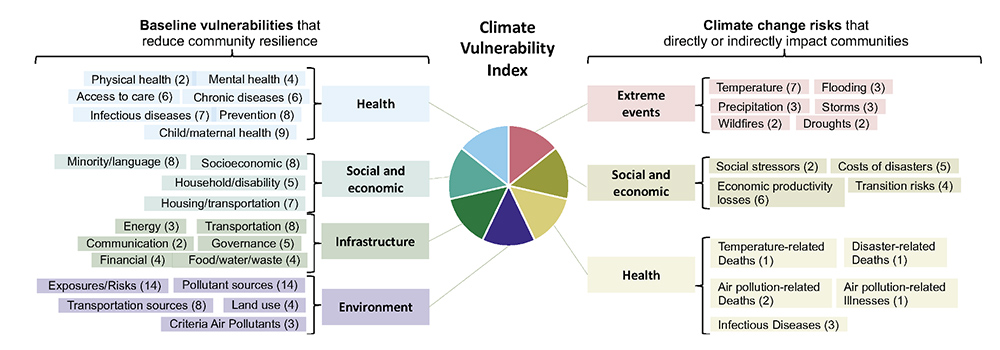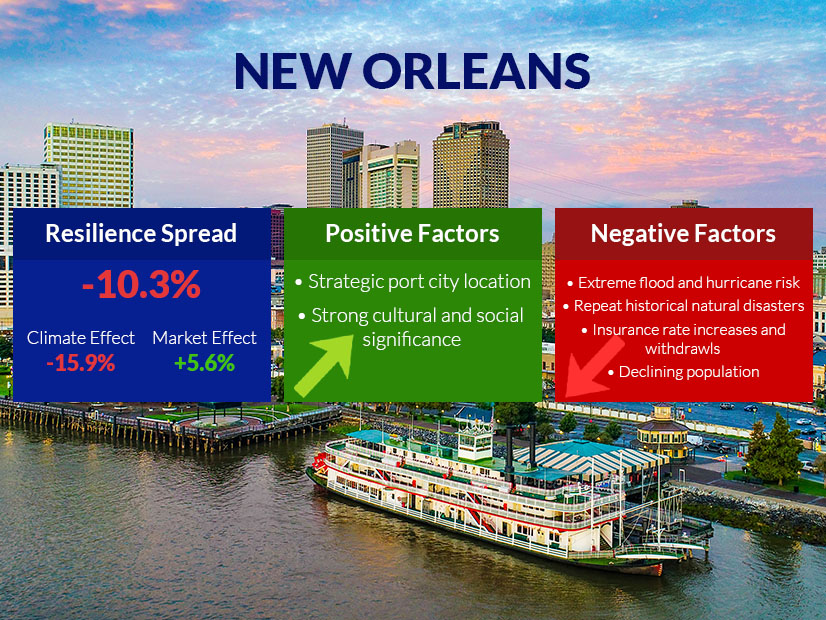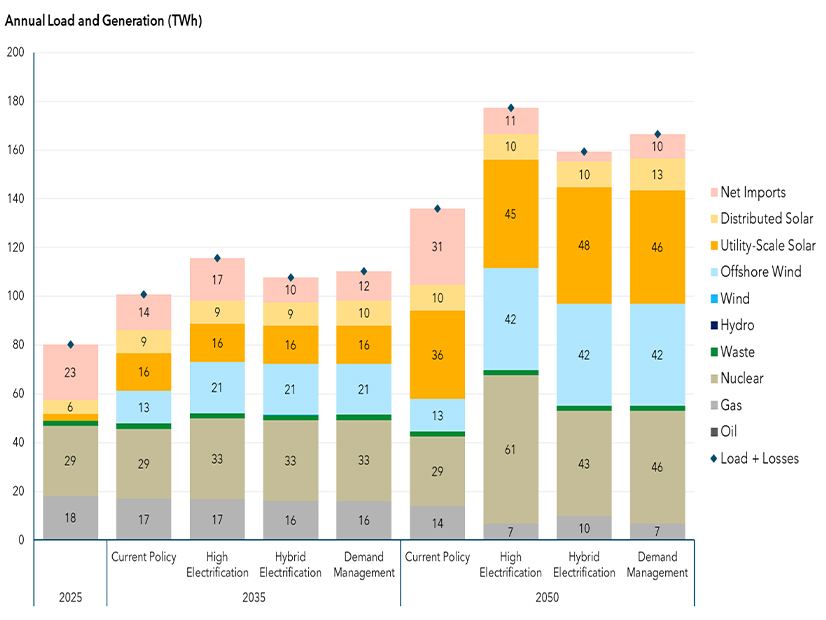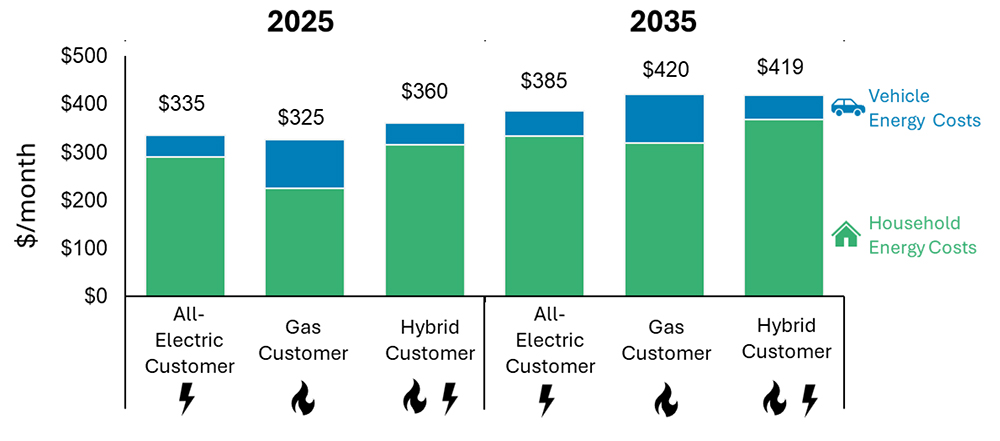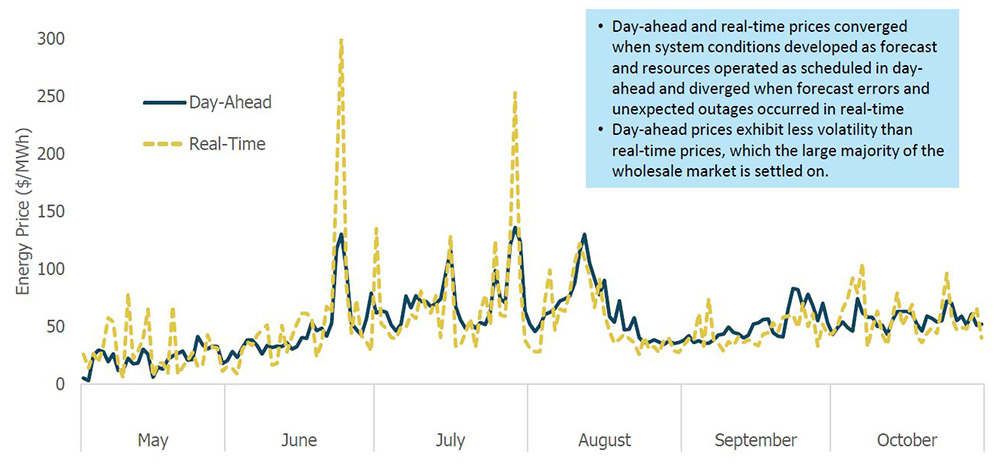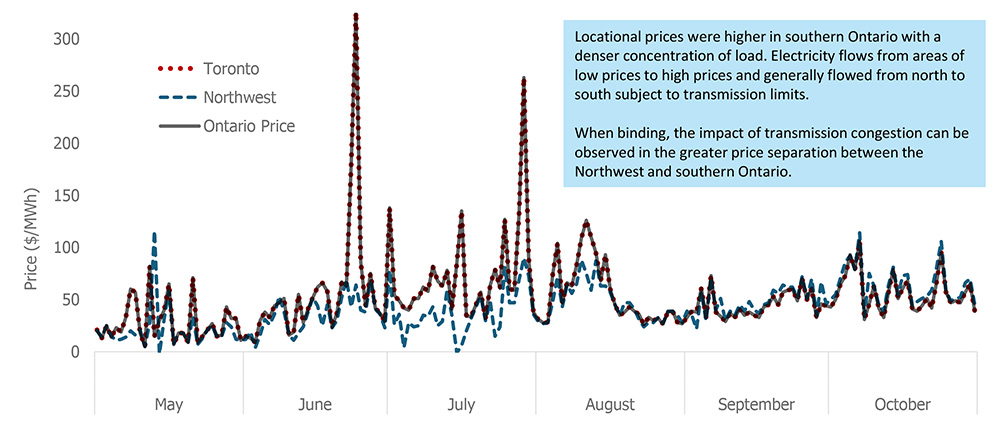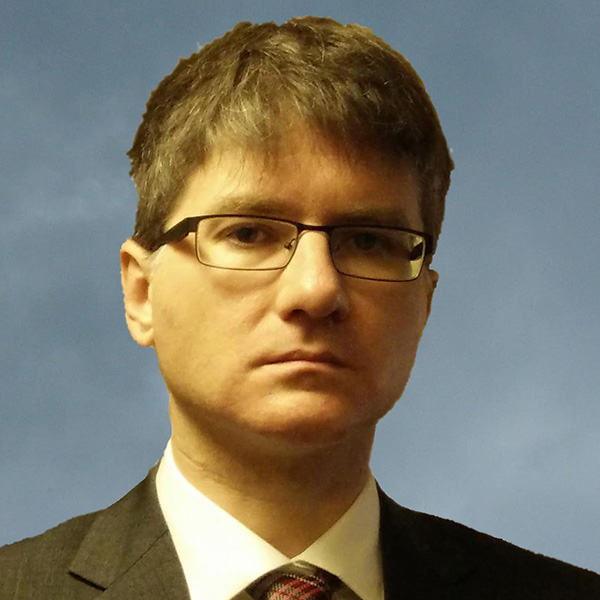The West-Wide Governance Pathways Initiative could lead the charge on developing an alternative to the Western Resource Adequacy Program that would integrate with CAISO’s Extended Day-Ahead Market, according to Pam Sporborg, Pathways co-chair and director of transmission and markets at Portland General Electric.
PGE continues to engage with the Western Power Pool on WRAP’s development. But if the program cannot be aligned with both SPP’s Markets+ and EDAM, Pathways’ Regional Organization for Western Energy (ROWE) could step in as an alternative, Sporborg said in an interview with RTO Insider.
ROWE was created to assume governance of CAISO’s Western Energy Imbalance Market and the soon-to-be-launched EDAM. Some stakeholders have expressed an interest in building the program to offer additional voluntary market services. (See Pathways Initiative Exploring Funding Options, Issues RFP to Staff ROWE.)
An RA program could be one of those offerings if EDAM participants’ concerns about WRAP are not resolved, according to Sporborg.
“An alternative would be to have an RA program that was governed solely by the Pathways’ new regional organization that would be more integrated into the EDAM,” Sporborg said. She noted the alternative must “provide enhanced value for PGE and PGE’s customers and other Western utility customers.”
Her comments came after the Oct. 31 deadline for entities to commit to WRAP’s first financially “binding” season covering winter 2027/28. The final WRAP commitments showed the program has mostly been divided along the line of participants in CAISO’s EDAM and SPP’s Markets+.
Among the five utilities withdrawing from the WRAP, four — NV Energy, PacifiCorp, PGE and Public Service Company of New Mexico — have committed to joining the EDAM, while Eugene Water & Electric Board will be participating in Markets+ by virtue of its location within the Bonneville Power Administration’s balancing authority area.
Of the 16 committed to the first binding season, 11 are slated to join Markets+, two are leaning to EDAM and three are uncommitted to either day-ahead market. (See WRAP Wins Commitments from 16 Entities.)
The divide and the fact that WRAP is a program requirement for Markets+ has raised concerns about the program’s governance structure, Sporborg said.
Markets+ will gain a larger share of the voting power, “and we need to see and understand how that governance will evolve to ensure that we can be confident that the program will remain equitable for EDAM entities,” she said.
Another issue is that WRAP was conceived before day-ahead markets in the West, and the program was intended to work within a different footprint from the one emerging under Markets+ and EDAM, according to Sporborg.
WRAP is realigning its operations program to reflect the day-ahead market reality. This will “fundamentally change” what the planning reserve margin is and what the diversity savings are, Sporborg said.
“We don’t have enough information right now to make a financially binding decision based on that realignment,” she said.
PGE listed its concerns in an Oct. 29 letter to the Oregon Public Utility Commission. The utility pointed to efforts by the WRAP’s Planning Reserve Margin Task Force to evaluate new methodologies for setting planning reserve margins for program participants, as well as concerns about the technology underlying the program.
“Before we can commit to a financially binding program that has financial penalties for withdrawal; financial penalties for noncompliance; and the risks that that would put our customers on, we want to actually see how those design evolutions materialize,” Sporborg said.
Talk of an alternative RA program has been ongoing since at least Oct. 21, after NV Energy said during a hearing before the Public Utilities Commission of Nevada that it is discussing the option with other EDAM participants.
Since then, a group of nine EDAM entities have commissioned the Brattle Group to study the impact on planning reserve margins of an RA program encompassing expected EDAM participants. (See Brattle Study Finds Similar PRMs Under Alternative Western RA Footprint.)
PGE was among those ordering the study.
“It’s a consistent and expected result that the bigger your footprint, the more connected your footprint, the more savings that you can achieve through that diversity,” Sporborg said.
But the study also suggested there are savings to be made in a separate EDAM-aligned RA program, according to Sporborg.
“So, that gives us the confidence that we can continue to work with the [Western] Power Pool on the market alignment but also help us understand that if we can’t find a solution that is equitable to the EDAM, we could pursue this alternative and not be worse off than we would from that geographic WRAP perspective,” she added.
Pathways’ potential RA role was suggested by Spencer Gray, executive director of the Northwest & Intermountain Power Producers Coalition, during an Oregon PUC meeting Nov. 25 about the state’s RA program and WRAP. (See related story, Oregon PUC Votes to Waive RA Penalties for Independent Suppliers.)
Gray noted Pathways eventually could offer several “new solutions and services in the West.”
“There’s a good regional solution here that takes advantage of both load and resource diversity in multiple time zones and multiple latitudes,” Gray said about Pathways. “And that was the value proposition of WRAP. That’s the value proposition of both Markets+ and EDAM.”
When asked how WPP is working to address EDAM entities’ concerns about WRAP, organization Chief Strategy Officer Rebecca Sexton said, “With the commitments for 2027/2028, we are focused on binding operations and have a lot to do to get ready for that.
“The results of that work should improve the program and benefit our committed participants, as well as any participant who chooses to return,” Sexton told RTO Insider in an email.
